This is the Elemental RP1, a British road-legal track car, which will go on sale from summer 2016.
Elemental says that the mid-engined roadster has been "designed, engineered and built by a team with decades of experience in the Formula One and supercar industries."
The RP1 is designed so that the car can be driven to track and adjust the vehicle set-up using just "a couple of spanners and an Allen key" and then re-adjust the car for the drive home.
The company says there will be a choice of two Ford Ecoboost engines and a Honda motorcycle engine all of which will drive a six-speed Hewland paddle-shift sequential gearbox.
Read our first drive of the pre-production Elemental RP1
Just 3740mm long and 1775mm wide, the RP1 has a 2525mm wheelbase and rides on double wishbone suspension, which feeds into inboard mounted Eibach springs and Nitron dampers. Four-pot Caparo calipers and 280mm discs are used front and rear and the car rolls in 17-inch alloys and 235/45R tyres.
The RP1 is based around an innovative carbon and aluminium centre tub, the development of which was partly funded by the British Government’s Technology Strategy Board. It uses an aluminium composite sandwich material for the floor and the front and rear bulkheads, while the fixed side walls, central spine and dashboard are made from carbon fibre.
The front subframe, front suspension and steering mounting points are all mounted on the aluminium bulkhead. Elemental says that the rear subframe design incorporates a "cassette-style" mounting system, which allows the various powertrains to be fitted to the same basic transmission and suspension set-up.
Elemental says that the production development car is powered by a Ford 2.0-litre EcoBoost engine re-tuned to deliver 280bhp. However, the three-pot Ford 1.0-litre EcoBoost will also be offered alongside a version powered by a 999cc Honda Fireblade engine.
The traditional bloke in a shed doesn’t tend to make a credible sports car any more.
He has been usurped by 2014’s version, a far more advanced specimen, armed with the electronic tools, business nous and industry experience to design and engineer a car from his bedroom, proving that it will all work before a spanner is raised in anger.
The embodiment of this thoroughly modern way of making your own car from scratch – and making sure that it works – is the new Elemental RP1, a lightweight, mid-engined roadster with 500bhp per tonne that is road legal and can be on your driveway by this time next year.

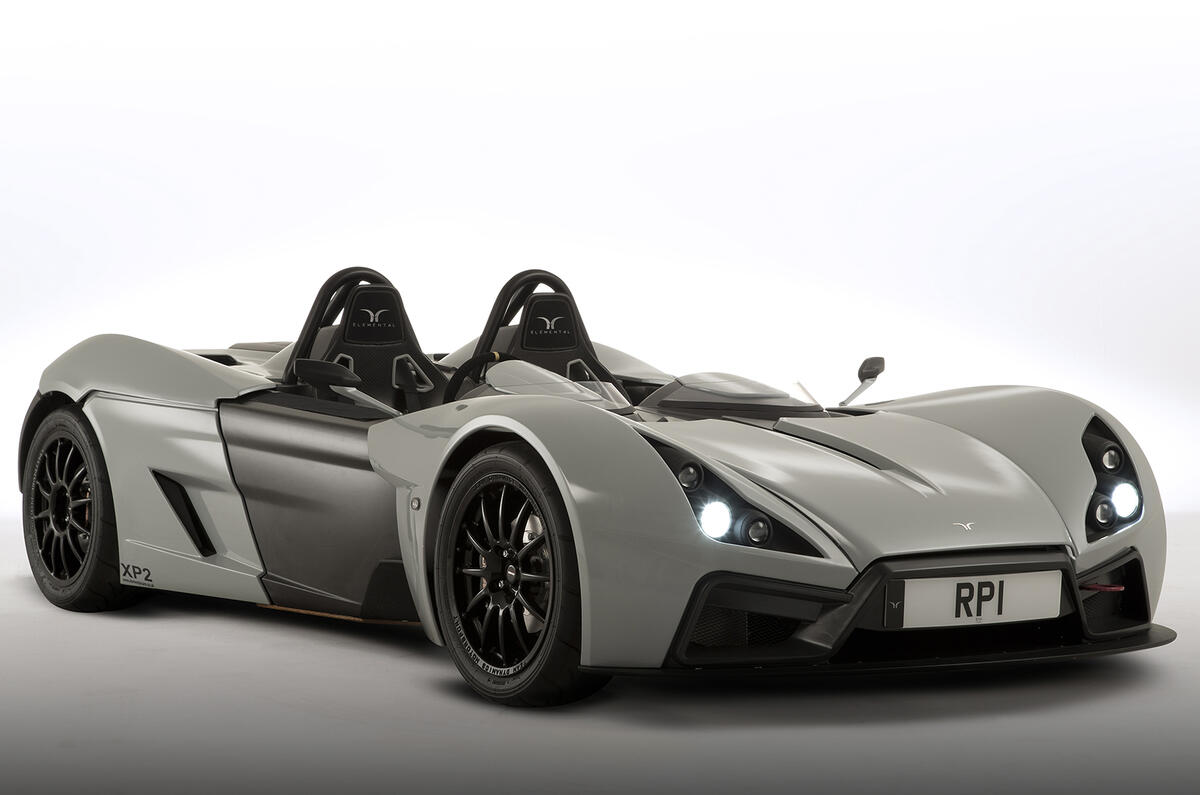
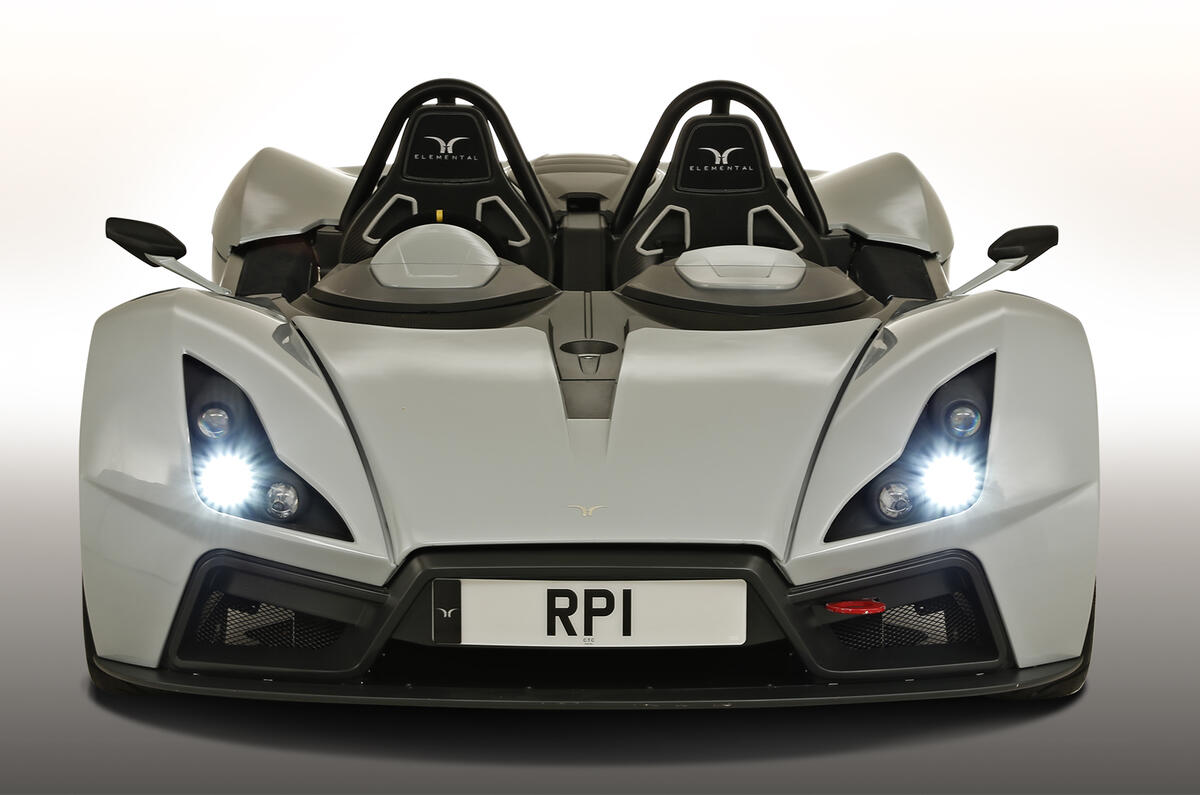
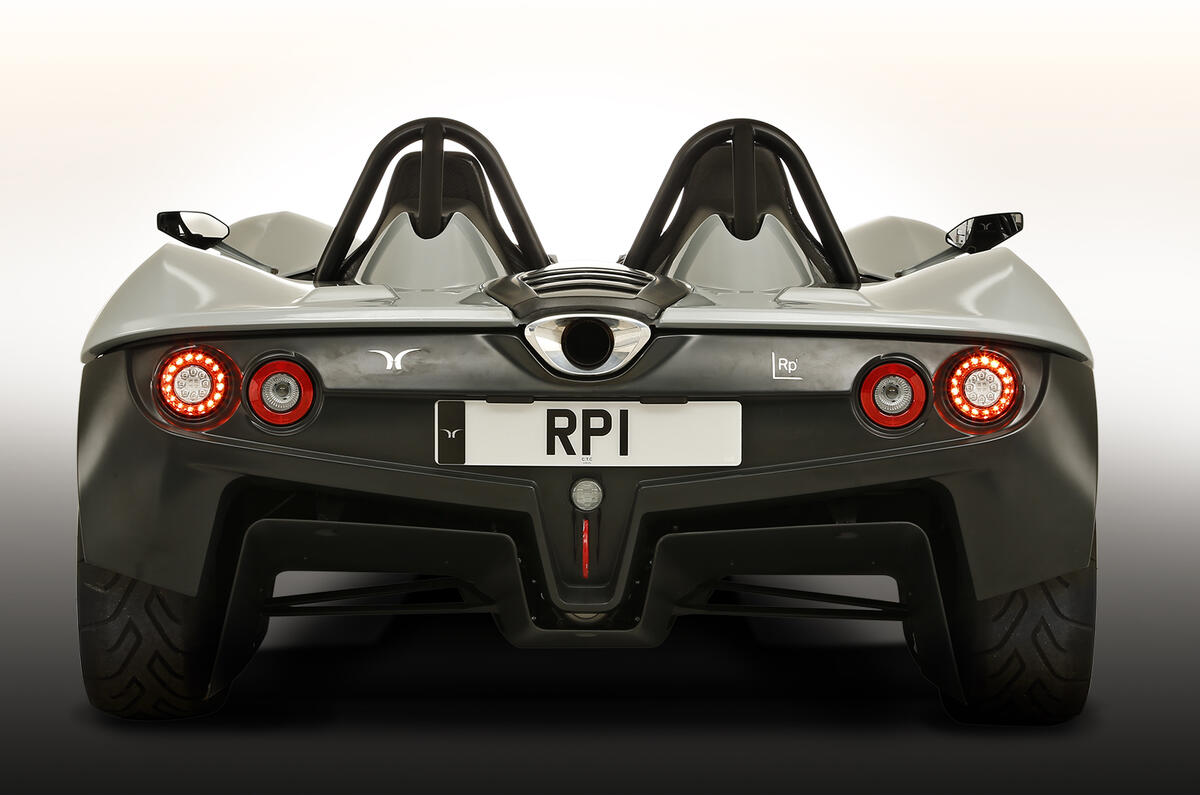
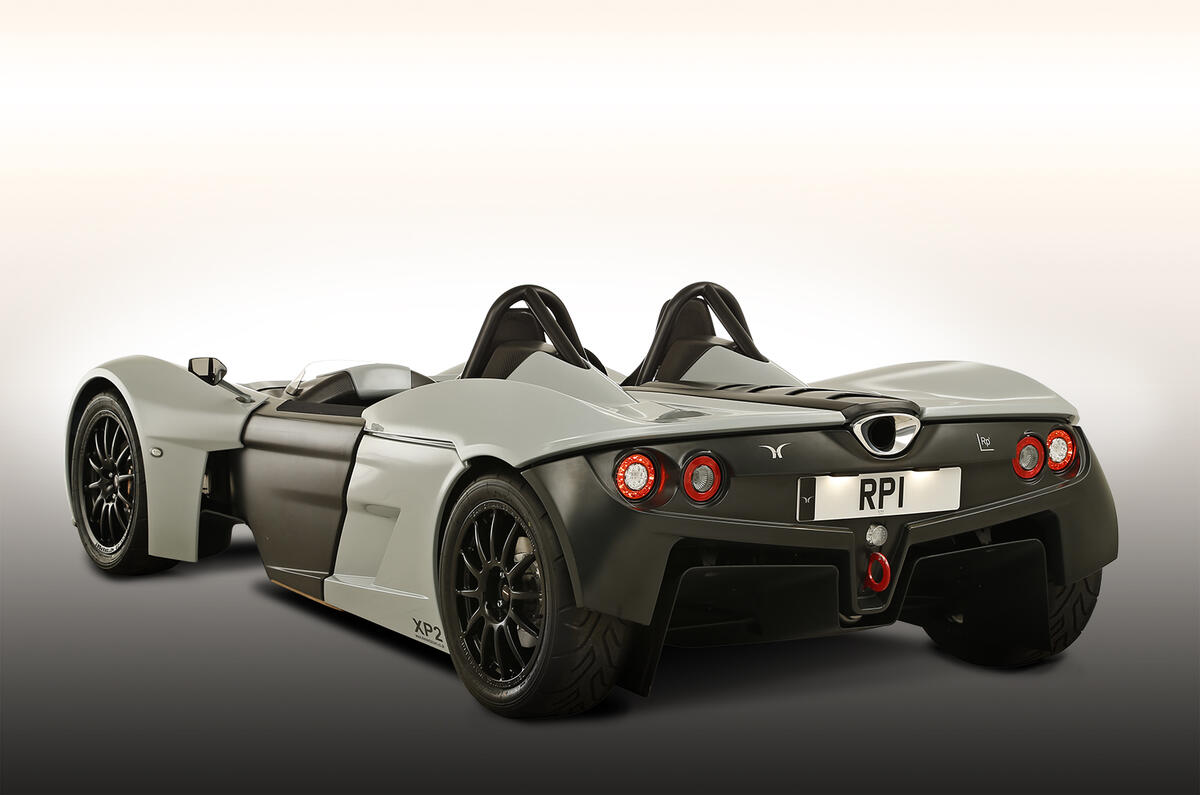

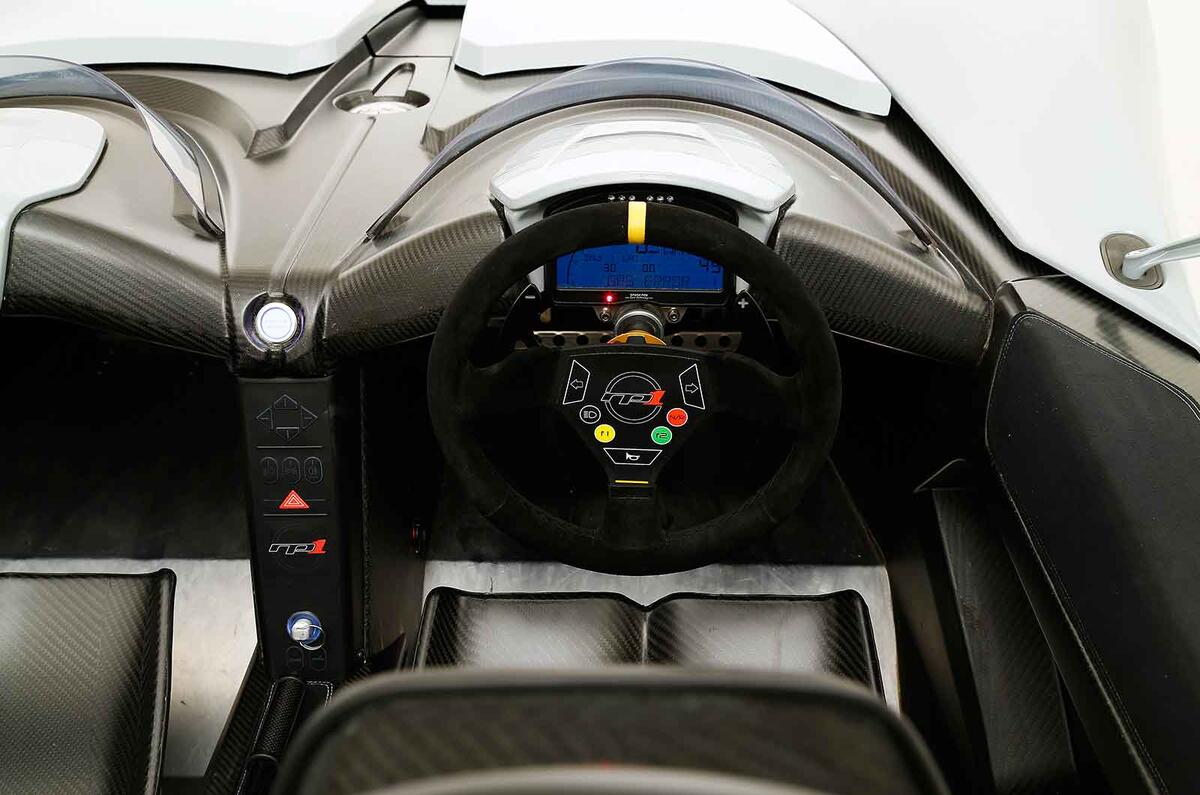
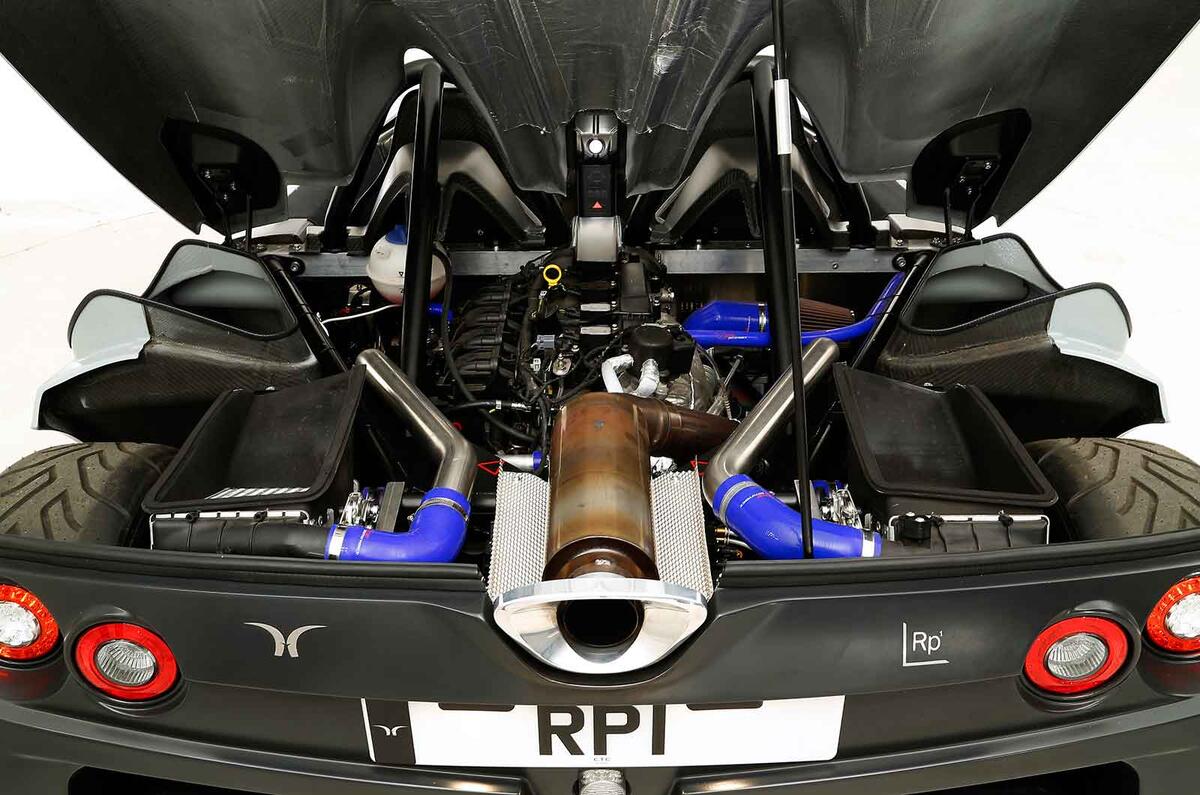
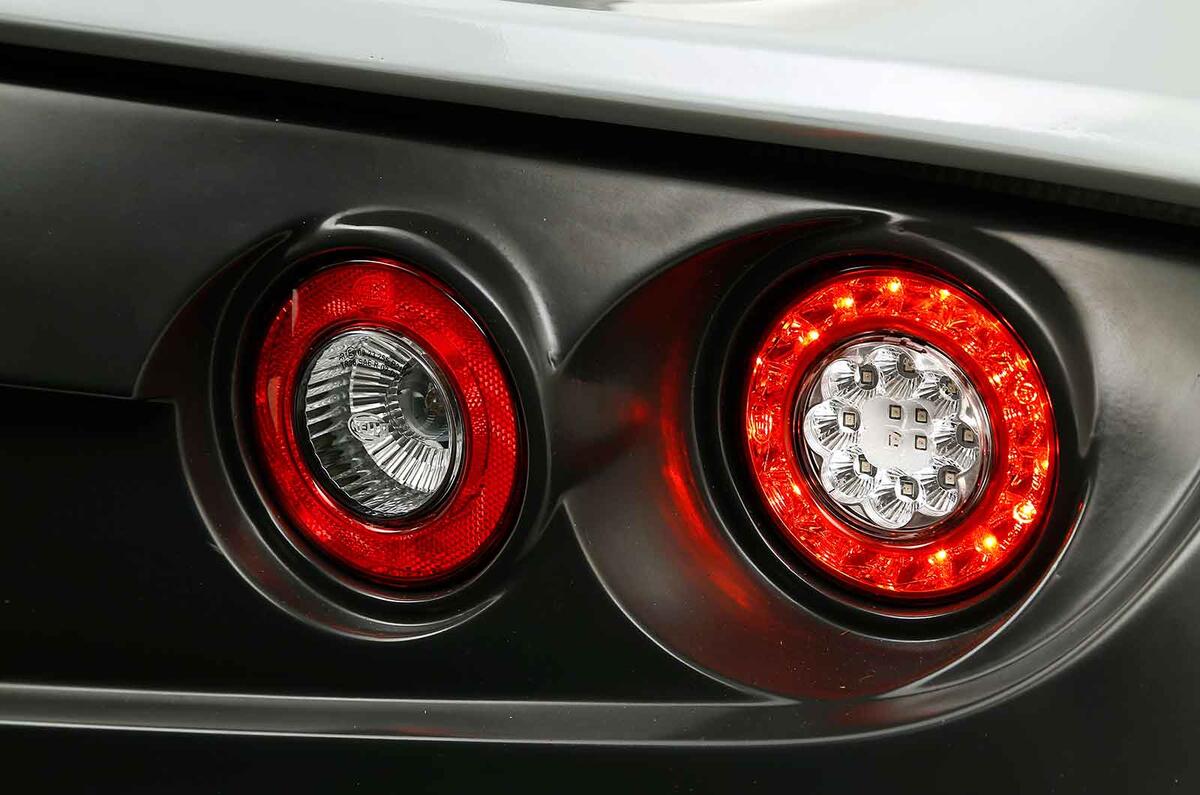
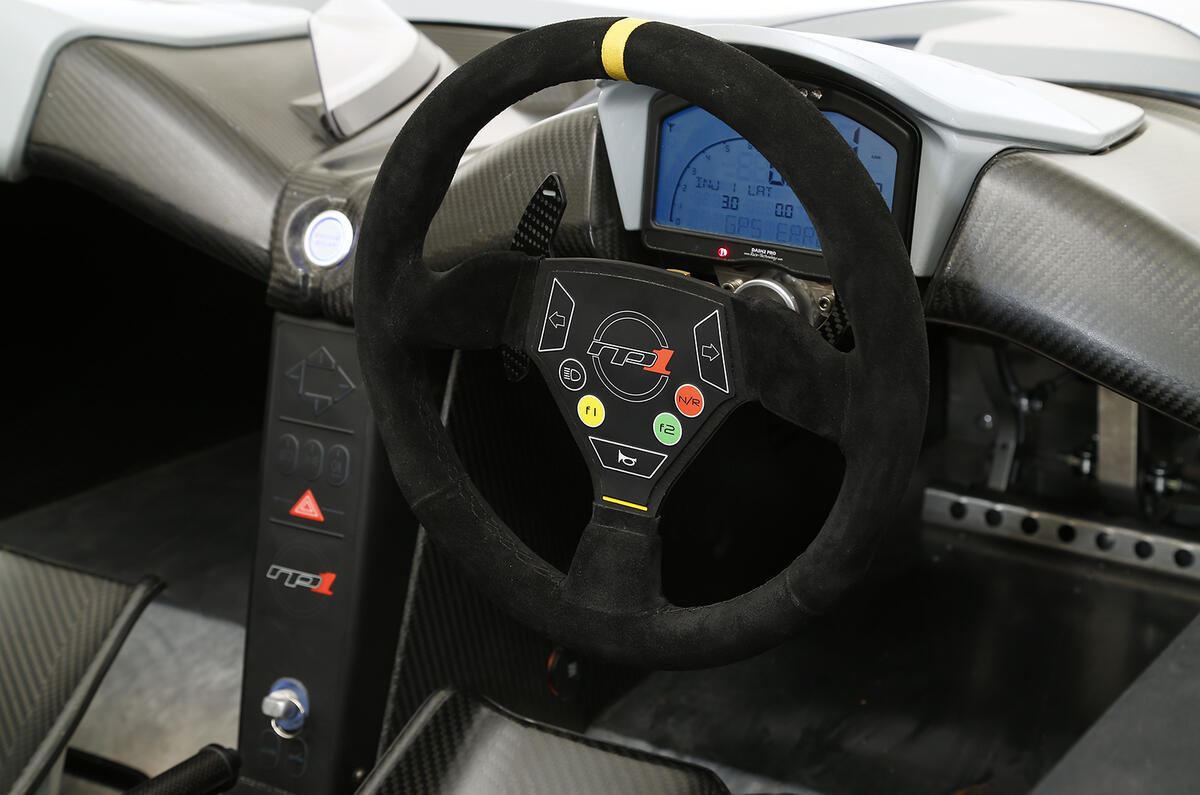
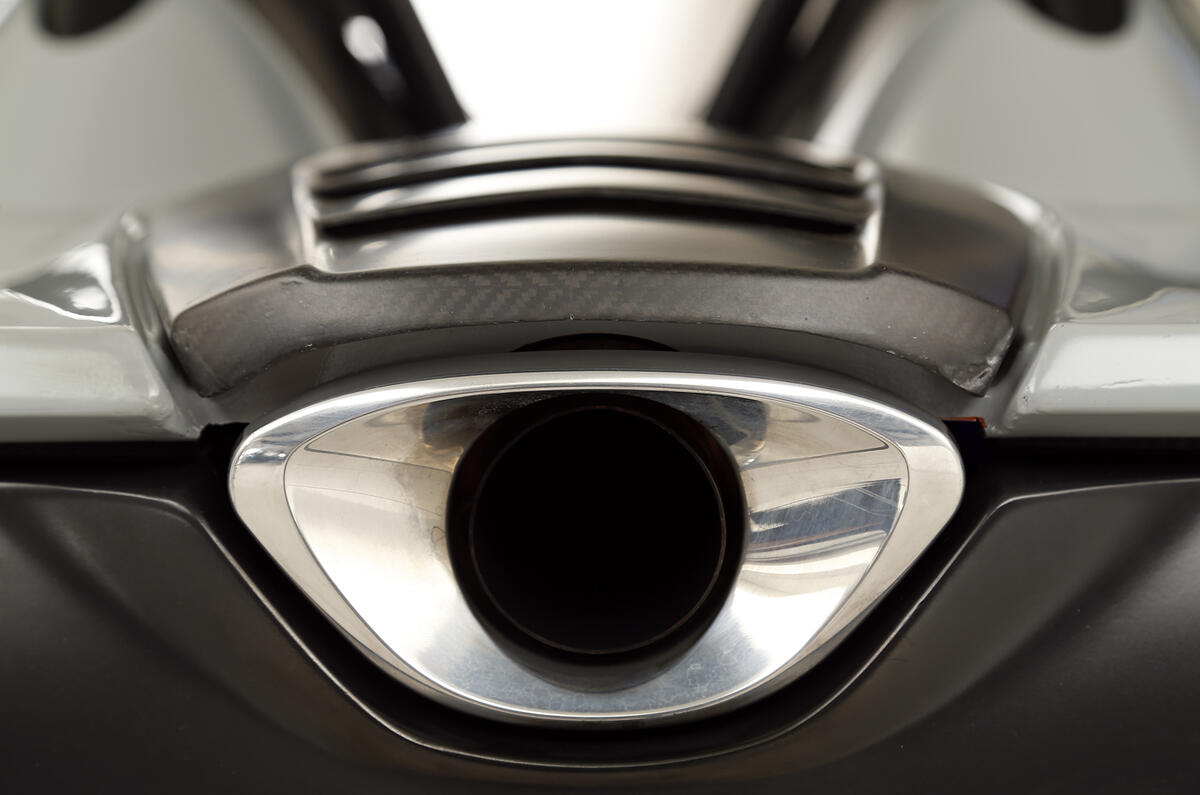
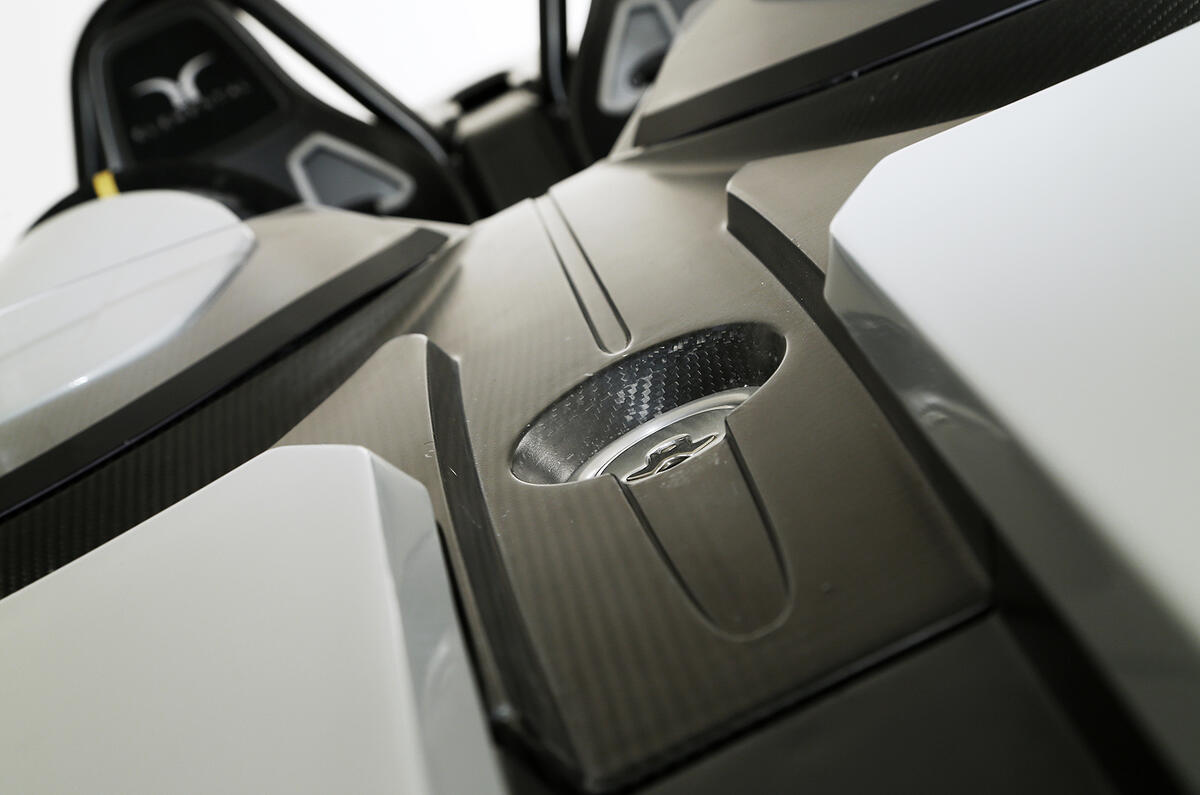
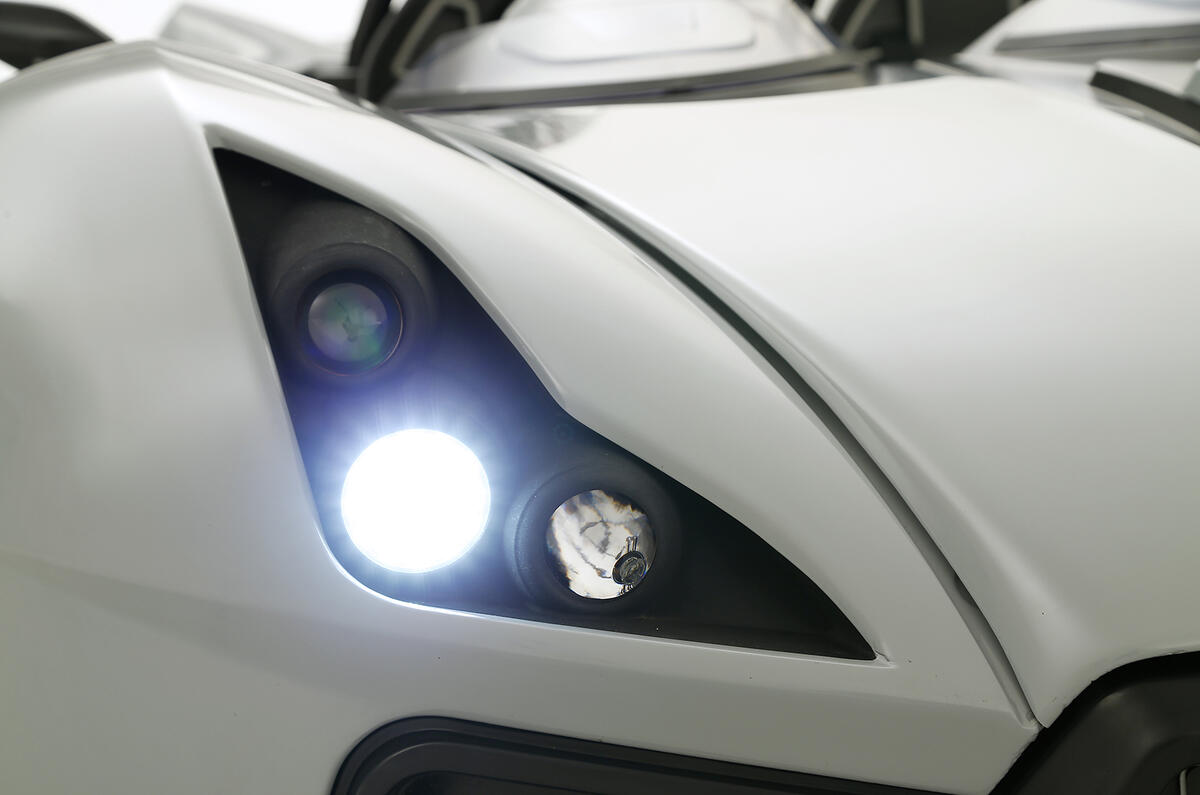
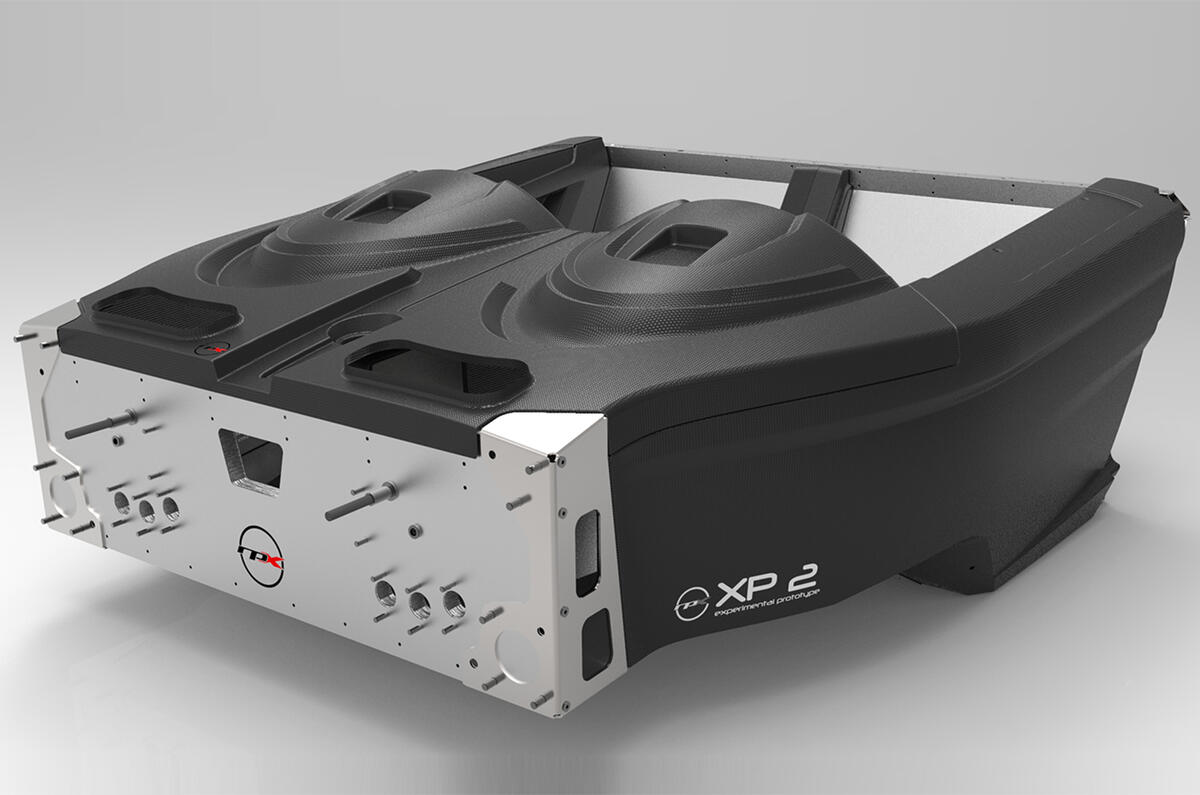
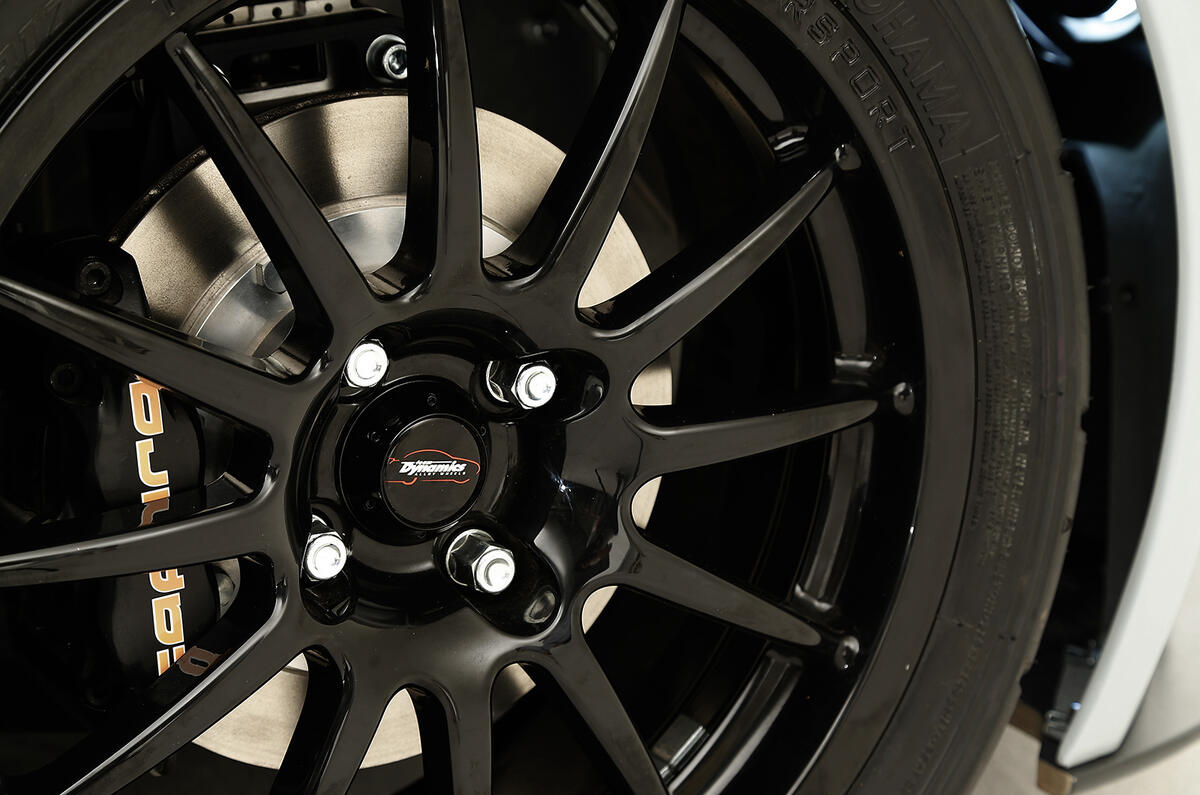
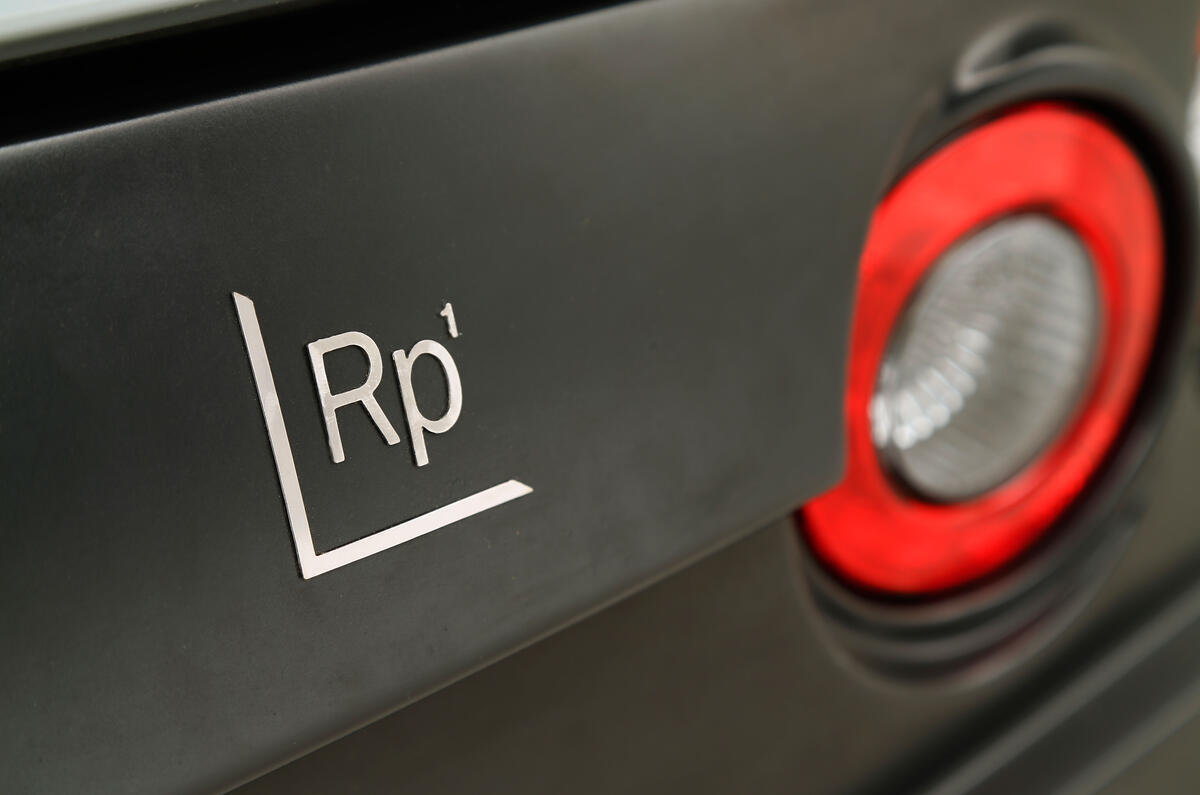





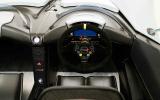
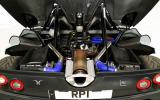



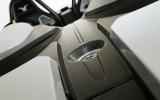

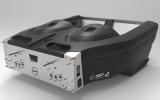
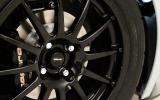
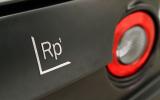






Join the debate
Add your comment
How do I stay cool when it's 90 deg?
How do I stay dry on my drive